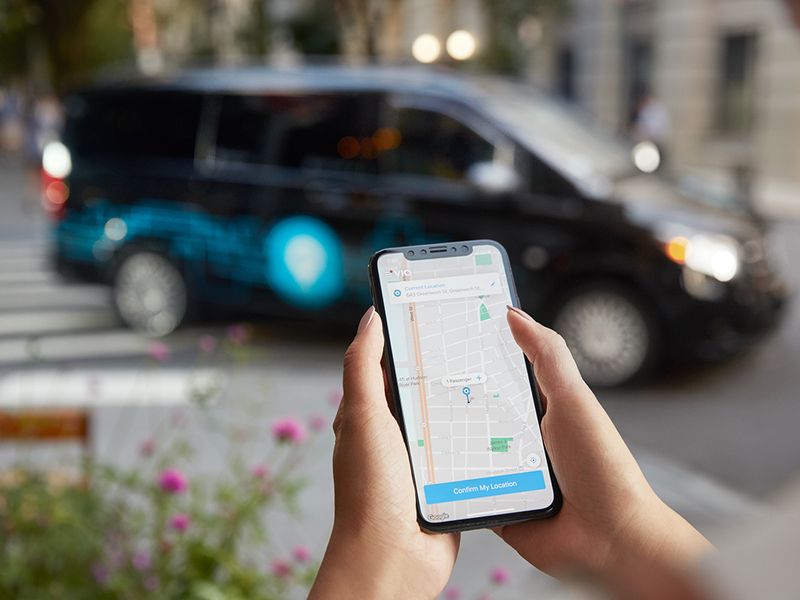
Sustainability and boosting transportation efficiency are top priorities for Daniel Ramot.
Ramot is CEO of Via, a company that operates on-demand, app-based passenger shuttles in some cities and also provides a digital infrastructure for optimizing various types of transit services.
He says that despite the challenges the coronavirus pandemic presents for the auto industry and transportation in general, it brings opportunities for Via to further aid public transit providers.
“Longer term, public transport is facing, on the one side, the challenge that people may not want to take public transportation. They may be much more weary of boarding a vehicle that has other passengers on it; they may want to drive themselves,” Ramot said Tuesday in a fireside chat during the virtual EcoMotion event. “There’s definitely some headwinds around getting people back onto public transport.”
COVID-19 highlights areas in which public transit could be improved, Ramot says.
“I think today, people are looking at their transit networks and saying the transit network isn’t working at all anymore due to COVID. The demand patterns have completely changed. We’ve got to get people back on transit,” he said. “So there’s this moment in time where everybody’s saying, ‘I need to change my network anyways. If I need to change my network, does that mean just changing the routing and scheduling of the fixed-route buses, or is it something different? Do I want to introduce technology into this system?’ ”
Ramot says he sees Via playing a major role in the revolution of public transit, even without the needs brought on by COVID-19.
“Supporting cities in modernized public transportation, whether it’s data or simply sometimes change management — sometimes the hardest piece is getting the operators, whether the drivers or the operations managers, to adopt the technology — creates a much larger challenge than it may seem from the outside.”
For Ramot, sustainability is a key component to Via’s mission. Via has nearly 120 partners, including cities, transit agencies, universities and corporations, in 20 countries across the globe.
One way Via sees its ability to contribute to sustainability is by “making the transportation networks themselves more efficient. Sometimes, people think of a bus as a highly efficient way to move people around, but if that bus is nearly empty and only moving one person because it’s running at 2 a.m., that’s not a particularly sustainable way to run your system,” Ramot said.
Ramot posed a question he thinks about: “How do you think about that scheduling; how do you run the right-sized vehicle at the right time, maybe replace, when there’s low demand, several fixed routes with a more dynamic van or shuttle solution?”
Ramot said it is key to have a solution that is tailored to each transit problem.
“As you make that van work better, as you’re adding more data-driven, dynamic components to it, you’re attracting more and more passengers into the network at the expense of other modes that are less sustainable, private cars in particular,” Ramot said.
“There are places where running on-demand transportation is going to be extremely useful and utilizing a lot of data, and places where running a bus every three minutes is going to be the best way to approach it.”
Ramot said he approaches the future of autonomous vehicles practically, but regardless of when AVs come, deploying them on a network such as Via’s could be valuable for development of the technology.
“I certainly think AVs were overhyped, maybe up until a few months ago or a year or so ago. I think, now, it feels like there’s a lot more realism about where AVs are,” Ramot said.
“I believe that, rather than trying to solve the full complex problem of an AV driving around New York City with no constraints, surrounded by human drivers, I think if we’re trying to solve a much simpler problem of AVs in dedicated lanes in dedicated regions, that could be something that can happen in a reasonable time frame.”